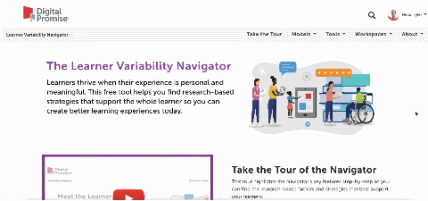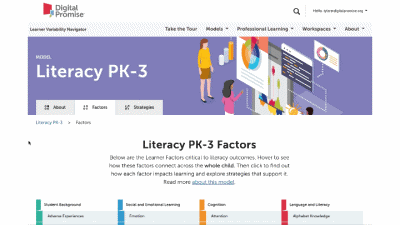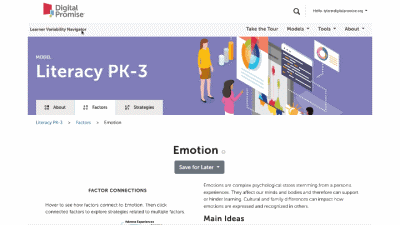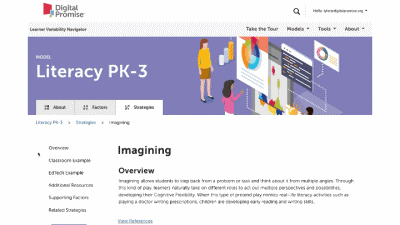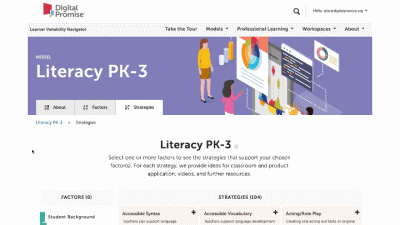Pre-Assessment
Overview
Pre-assessments are tools or activities used before instruction begins to help educators understand what students already know, understand, or can do—and where they may need support. Think of them as a starting-point snapshot. As a type of formative assessment, pre-assessments offer insight into students' Background Knowledge, readiness levels, misconceptions, Motivation, and attitudes. These insights help educators tailor instruction, pacing, and materials to better meet the diverse needs of all learners, including those with learning differences. Pre-assessments can be informal, like entry tickets, checklists, or class discussions, or more structured, such as quizzes or diagnostic tools. They may target broad grade-level standards or specific unit content.
For students with learning differences, pre-assessments can surface strengths and support needs early in the learning process. This enables proactive planning, differentiation, and the use of multiple means of representation and engagement. Pre-assessments also give students a chance to reflect on what they know and identify areas for growth, which can support Metacognition and boost Motivation. When aligned with students' interests and strengths, this process can increase engagement, persistence, and confidence, especially for learners who may face barriers in traditional instructional approaches.
Example: Use This Strategy In in the Classroom
Design It into Your Product
Factors Supported by this Strategy
More Metacognitive Supports Strategies
Writing freely about one's emotions about a specific activity, such as taking a test, can help students cope with negative Emotion, such as math anxiety.
Setting overall goals, as well as smaller goals as steps to reaching them, encourages consistent, achievable progress and helps students feel confident in their skills and abilities.
When students reframe negative thoughts and tell themselves kind self-statements, they practice positive self-talk.
Providing space and time for students to reflect is critical for moving what they have learned into Long-term Memory.
When students engage in a dialogue with themselves, they are able to orient, organize, and focus their thinking.
When students monitor their comprehension, behavior, or use of strategies, they build their Metacognition.


